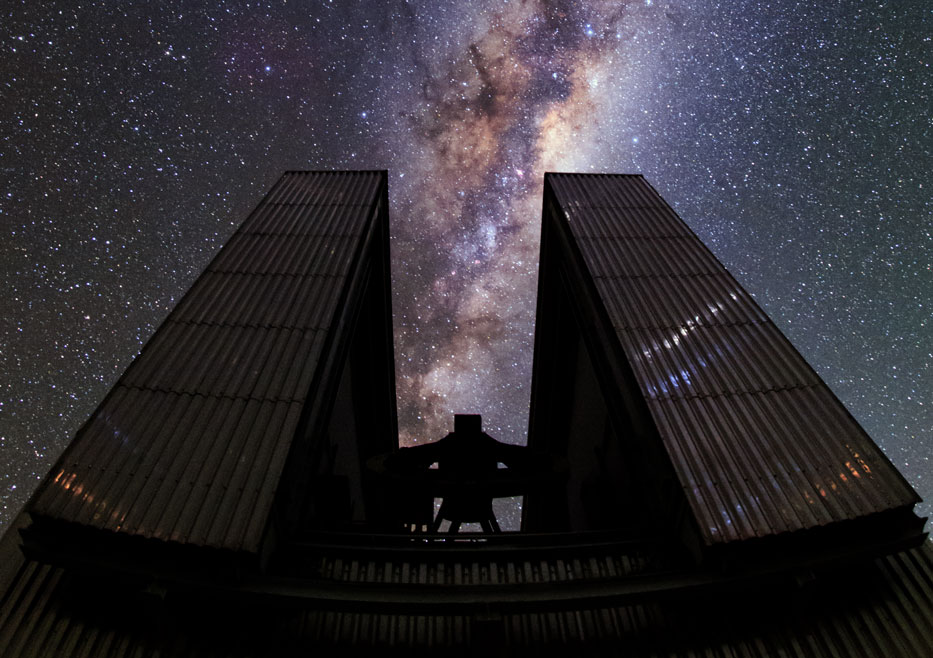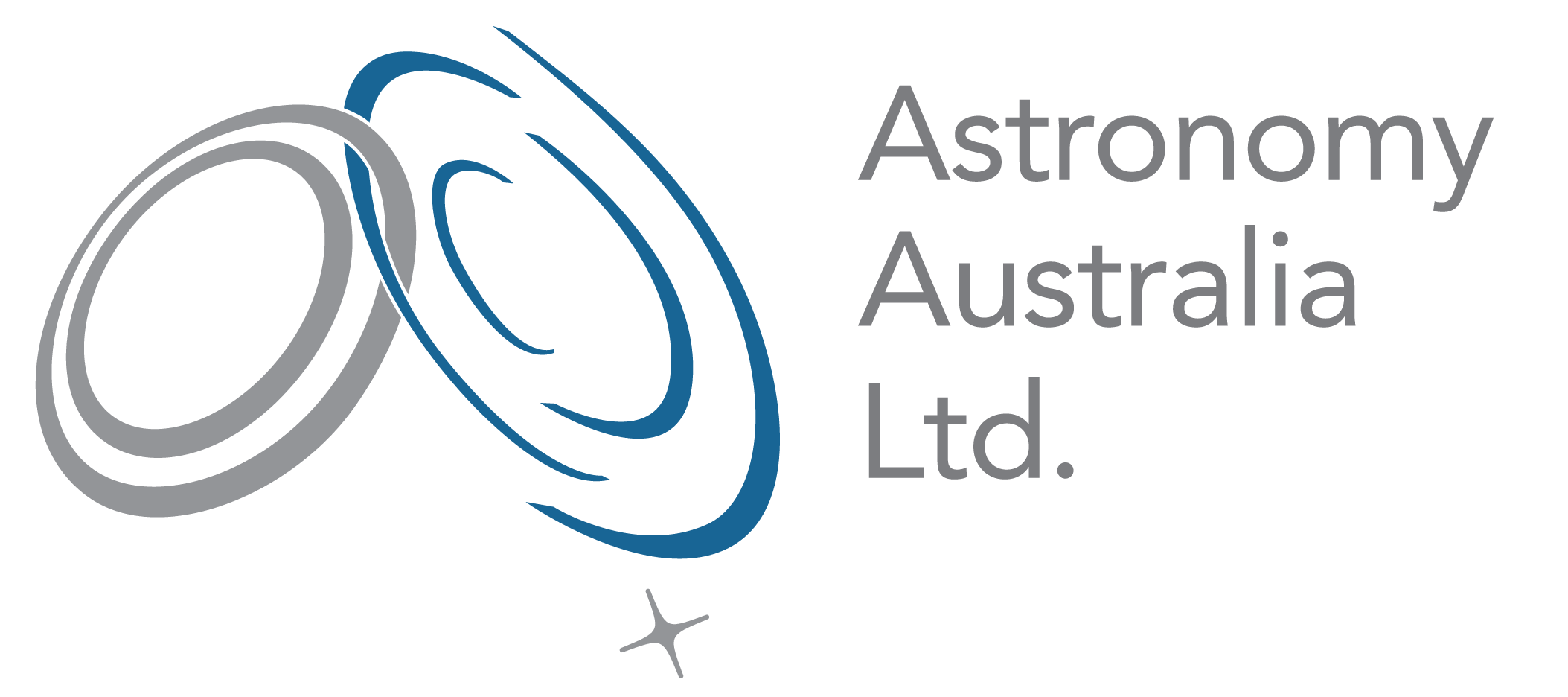
The European Southern Observatory (ESO) has released the Call for Proposals for Period 110 (for observations between 1 October 2022 – 31 March 2023).
Under the terms of the Strategic Partnership between ESO and Australia, Australian-based astronomers have access to the facilities of the La Silla and Paranal Observatories, specifically the:
Proposals for ESO time to use the Atacama Pathfinder EXperiment (APEX) antenna on Chajnantor will also be considered on the same basis as those from any ESO member state. Note that P110 marks the final opportunity to apply for APEX time through ESO.
The proposal deadline is Friday 25 March 2022 at noon Central European Time (10pm Australian Eastern Daylight Time, 7pm Australian Western Standard Time).
Complete details on how to apply can be found at the P110 Call for Proposals web page. All applicants should consult the Call for Proposals document for Period 110, and are required to update their ESO User Portal accounts to submit or be on proposals.
A wealth of information for Australian applicants can be found on AAL’s Australian ESO Forum. Any questions about policies or the practical aspects of proposal preparation should be addressed to the ESO Observing Programmes Office, [email protected]. Applicants who may wish to seek advice on proposal or observing strategies, optimal choice of instrument, etc. are invited to contact AAL’s ESO Program Manager, Dr Stuart Ryder, at [email protected].
Applicants are strongly encouraged to review the expected changes in instrumentation offered and procedures for Period 110 given in Sec. 1.1 of the Call for Proposals. Among the items likely to be of most interest to the Australian community are:
There is no registration fee but intending participants are invited to register in advance, or follow the link for the meeting on the workshop website.
ESO supplies AAL with telescope/instrument demand and time allocation data relating to Australian astronomers only. Australian ESO applicant data is used only for statistical purposes, and will only be published or made available to other third parties such as AAL member institutions, in aggregated and anonymised form. ESO’s data collection/use provisions are available on the AAL ESO Forum for reference. It may be necessary to use automated data matching from data provided to the Data Central Lens proposal database to confirm the identity of ESO applicants. Applicants may opt out of providing data for Australian statistical purposes (including those from P101-P109 inclusive) by contacting [email protected].
